Cookery Book
Peak of militancy didn’t mar Jyoti’s love for Kashmiri Cuisine
Forthcoming book “Traditional recipes of Undivided Punjab and Jammu & Kashmir”
Rashmi Talwar
A pinch of February’s last chill or ending of the ‘Chilla Bacha’ of Kashmir, and in trots a glass of ‘Kanji’ in neighboring Punjabi homes. However, the tradition of creating the ruby drink in homes, is slowly dying in nuclear families.
Alternately, traditional drinks that got beaten, by fizz cult of Cokes, like Chhaach or buttermilk, kanji and Raww or sugarcane juice have surprisingly somersaulted to turn winners, from their humble beginnings. Successfully sidelining fizz colas, the delicious nutritious desi concoctions now find a pride of place in the best stemmed globular glasses to circulate amongst the who’s who, of classy weddings and celebrations. Kanji, made with black carrots, of the richest cherry tint, is not only tangy, a fabulous antioxidant, a digestive, but also spells tinkling bells for pseudo-drinkers who pass it for the rich French red wine (Merely hold a glass ). Some say in effect it easily beats firangi red wines and stands tall in bejeweled or even macho hands, crackling crimson, as it comfortably occupies flute glasses.
Likewise cashing in on the ‘down memory lane’ formula, a company- “Paperboatdrinks” scooped up traditional drinks recipes and packaged them into ready to serve tetra packs. Now, UAE, Nepal, Australia and others have already become hooked to age-old liquid concoctions of India like Jamun kala khatta, Aamras, Jaljeera, golgappe ki kanji etc.However, the traditional tipple can be found only in select cities of India.
Of course, nothing could be better in Kashmir to beat the biting icicles hanging from roofs and windows in December snows than the ‘Noon or Sheer Chai’.
A well-known Kashmiri poet Hakeem Manzoor, in his memorable musings wrote —
“Kangri bister mein le kar, khidkiyon ko waa karain
Barf girne ka nazaara, iss tarah dekha karain.”
The Kashmiri poet surely forgot the magic-combination of ‘Kehwa-Kangri’, promising to double the delight, during a spectacle of snowfall. Similarly, summer in plains can be extremely hot and baby mango made aam pana, thandai, sandal/ Khas sherbets and ice Popsicles or golas are fun.
Putting together traditional recipes of undivided Punjab and Jammu & Kashmir, complete with Lahori cuisine, is Jyoti Arora, a popular cookery expert from Amritsar. While assisting renowned Masterchef Vikas Khanna, her mentor, also from Amritsar, Jyoti, a finalist in the Masterchef TV programme, was inspired to pen her own cook book, on traditional lines.
“Despite horrendous turmoil in Kashmir in 90s and early 2000, I learnt Kashmiri cooking. Those times weddings were low-key in Srinagar and around. I sat with wazas to learn Kashmiri Wazwan- Goshtaba, Rista, Haakh, Gogji Meat, Matsz, Rogan Josh, Tabakmaaz”, says Jyoti. “Since I loved to have people over for no specific reason other than the warmth of friendship in those trying times in Kashmir, I introduced and invited them for delectable Punjabi home-made – Samosas, Jalebi, Mathis, Mutton Champ, Tandoori Tikkas, Kabab and Brain Curry. In sweets the Ladoos, Besan Ki Barfi, Chandrakala, Rasgullas, Jalebi, Gulab Jamun, Ras Malai became instant hit with my Kashmiri friends. Those times, Chinese and Italian cuisines had just entered the Indian stratosphere. So, side by side I cooked these novelty items that intervened from foreign shores like noodles, spring-rolls, pizzas. The foreign introductions vanished off from plates in seconds,” she laughs.
Alternately, local Kashmiris too invited us and I learned realtime home food and traditional recipes. Knol-khol Lamb, Baingan (Auburgine) Lamb, Haakh Meat, Potato Lamb, Lauki Meat (bottle gourd), Gogji Meat, Harissa, Mujj Gaad, Nadru Yakhini and others, although in Kashmir, the culinary art is learnt through heredity and is rarely passed outside the blood relations.
“I remember, in 1994, my brother got packets of pasta, Italian spices and instructions to make them from America, which perhaps became the first time Italian food was cooked and served to a select gathering in Kashmir, that too quietly. My mother especially sent me semi cooked mincemeat from Amritsar to Srinagar, from which I cooked Keema Naan, Keema Mutter, Keema Koftas along with loads of authentic Punjabi foodstuff besides tandoori rotis, kathi- kabab, that people relished in Srinagar despite being rice eaters.”
There is popular belief in Kashmir- “If you eat roti, then you must be poor, as rice is un-affordable for you.”
“I am still completing chapters on traditional Lahori cuisine including Nihari, Paayye, Kaleji, Kunna, Korma, Gurdey-Kapurey and Raan” Jyoti inserts.
Jyoti, who organizes high end Food Festivals with hotel-chains like Holiday Inn, Marriott, Sofitel, Swissotel, Novotel in Mumbai, Kolkata, Bengaluru, Bhopal, Delhi contends –“I train staff of the hotels for 15 days and the Festival runs under my signature ‘ Jyoti Arora Food Fest’.
Talking about her tribulations in collecting recipes, the masterchef says- “I had to travel extensively in Punjab, Haryana, Himachal Pradesh, Jammu and Kashmir to find roots of some lost flavors. I talked to the elderly in these locations, but they were extremely guarded about the family’s culinary secrets. It was very tough to get them to share their recipes and sometimes it was all a big rough estimate from a pinch to a fistful. Apart from this, I tried some recipes three times and some with frail outlines, perfecting, cutting out edges and fine-tuning existing ones before including them in the book. Some required pictures from the pre-partition era, and were tough to source.” And adds “Surprisingly, food and delicious flavors strikingly emerge from differences in traditional fire sources like sigdis, tandoors, angithis etc. They are simplified in the book with possible alternatives,” she clarifies.
Talking about her forthcoming book she said, a Mumbai based photographer from New Zealand- Michael Swami, has done the food photography and book is slated for release in December 2015.
Jyoti, is also looking forward to the launch of ‘World’s Biggest Book on Food’ by Masterchef Vikas Khanna, being released by the Indian government at ‘Cannes Film Festival’. “The book is being launched by the Government of India and I too have contributed to it,” she smiles and answers -“I have already carved an outline of my next book which would be a sequel to this with innovations of traditional cuisines”.
Jyoti has been popular on Television too with 26 episodes already completed in the ‘Rasoi Show’ on Fastway TV channel which promotes new culinary talent. Apart from this, she has churned out more than 100 episodes in DD’s ‘Zaika’ show besides becoming a finalist in Masterchef show on Star Plus.
Do you have a best moment? I ask – “The best, was when I made a unique dish called ‘Chicken Halwa’ for a series -‘Dish with a sweet twist’ on ‘Fox Traveller’ an international TV channel”. What would be your comfort zone? I barge in another question. Pat comes the reply- “Cooking after dusk with Jagjit Singh Ghazals playing in the background and using my own herbs- mint, coriander, karri patta, basil, thyme, chives from my little kitchen garden”. “A last tip”, I insist- “Presentation is King!” she smiles, lovingly stroking one of the huge collection of traditional utensils, she has sourced and treasured, Jyoti wraps up her food Zone.
Little known facts ———-
Cake: There was a kind of cake prepared in the earlier times without electric or clay ovens and not given a name. Eggs, sugar and maida and desi ghee were mixed with hand and put in a greased thali covered by another thali and left in the angithi’s warm ambers of wood. In the morning it would be similar to today’s cake. The cake had a matchless smoky woody flavor.
No fire, lamb: Lamb is cooked with no fire, kept buried in a matka with other herbs and a tenderizing herb called chibber sold by select old shops in walled city of Amritsar only. Chibber is also used as a tenderizer in pickles of lamb, fish chicken and even teetar or partridge. The food would be ready in about a week during summers and a little longer in winters.
Lost spices: Spices like Pipli with a peppery tinge, Tukmalanga, Beydaana used in chutney is a thickening agent have been used in recipes in the book. Interesting that Star aniseed or chakri phul has become so popular after its entry in an advertisement cooking palao.
Fire types: Sigdis, Angithis, Tandoor, clay oven, Chula using wood, charcoal or, cow dung cake are being revived to conform to original fire flavors
Chat masala: Pipli, lemon juice, black salt and ajwain not only make a most digestive chat masala but is an energy booster.
Romali roti: When there was a death in the family the Tawa was inverted on the fire as a sign of mourning, an inverted tawa or kadai is used to make Romali Roti.
Cashew Paste and Cream: Are alien ingredients, sourced from Hyderabad cuisine, that were hardly used in cooking in this region.
Butter chicken: Which has come to be associated with Punjabis food is actually an innovation and not originally Punjabi. Butter chicken is an invention of Moti Mahal, Delhi.
Tomatoes and chilies: Tomatoes came into Indian lives much later. The Red chili is a Kashmiri influence and only green chili was the regions hot-maid.
Kaali gajar ka Halwa: Was once as popular as routine Gajarela – sweet dish made with carrots.
Lost sherbets: Jamun sherbet, Falsaa Sherbet (still popular in Lahore) Ginger sherbets,Plum sherbet ( very good for jaundice patients) woodapple -Bel Sherbet (a fruit offered to Lord Shiva)
Dry fruits: Dried apricots, plums, raisins and almonds added to dishes are an Afghaniimpact on our cuisine popularly using ‘Shahi’ before the dish, like – shahi paneer, shahikorma, shahi Kofta etc.
Around: Himachali cuisine includes Kulth ki Dal, Chha meat, Meat chawal with anAvadhi impact and Haryana with bajra as ingredient is influenced by Rajasthani pakwan.
Homemade vinegars: Vinegars of Jamun, sugarcane, apples, and grapes are rarely seen now. It is a lengthy process but amazingly these organic vinegars do not pinch the throat unlike synthetic vinegar.
Banana: Banana was considered a south Indian fruit, but in reality banana was very popular in its raw form in the North. Hence we had raw banana kebabs, Kofta and chips.
Throwaways: Concentrated flavors are in the stems and some roots that most people throw away, use them in cooking and garnish with leaves like mint, coriander, palak etc.
No tamarind: No imli or tamarind was used to make sour chutney; it was originally made with dried plums, sugar, black salt, zeera and water.
Turbulent days in Kashmir
Jyoti was married in Srinagar in a Sikh family in 1993. “It was the most turbulent period in Kashmir. I came from Amritsar, where I had witnessed the complete militancy period of the Khalistani movement in Punjab, aided by Pakistan. Thereafter, I landed in Kashmir as a newly wedded bride and saw a similar or even worse scenario. I felt that I had jumped from the frying pan into the fire,” says Jyoti, recalling those stormy times.
“I was petrified seeing torch bearing youth in the dark, shouting anti India slogans, and much more, firing gunshots, throwing stones at our houses, breaking windows and ordering everyone to arrive in masjids. Alternately they used masjid loudspeaker to threaten non-Muslims. It was scary; I saw them burn some houses while the police and firemen stood mute spectators to wait for the signal from militants to start dousing the fire in abandoned houses left by Kashmiri Pandits.
Militants demanded haftas the weekly contributions from all. The fire scarred buildings looked like ghost houses. Thus, patches of such areas looked like war ravaged zones. We were spared some of the ignominies by militants, mobs and army, since we were of the Sikh community.
Our daughter was studying in Presentation convent when a bomb blast took place, close to our shop ‘Jandiala Hosiery’ near Aftab Newspaper Printing Press, in Lal Chowk. One of our employees was hit by bomb shrapnel and remained critical. There was another blast which I saw at Dalgate. I recall a case of young student firing upon his school mate after having stolen a pistol from his elder brother’s bag, killing the boy on the spot.
Times were terrifying. House gates were locked at 6.30 in the evening. For years we didn’t know if our car headlights worked or not, as vehicles never plied during dark.
Only recreation in those times was to pack a picnic basket and go to Gulmarg. Studies were hardly regular and during winter vacations when the family used to go to Amritsar, no one wanted to come back. Militancy was completely wiped out in Punjab and happy times, late-nights and partying scenes with lavish weddings had restarted.
The comparison between Kashmir of then and Punjab was so odious and stark that children were adamant to stay back in Punjab. Even after nearly eight years of a good marriage with Harpreet Singh my husband a hosiery owner, things failed to soften in Kashmir, and the family decided to migrate to Amritsar where I had a marital home as well.
In 2001 we migrated and my mother-in-law and father-in-law, who had lived their entire lives in Kashmir, followed us with a heavy heart after news of daily killings and destruction nearly drove them insane. My in-laws never went back to Kashmir. They say-“Kashmir means only tears, for them and us too, there is nothing more for us than nostalgia of our happy times. But the shadow of militancy has smothered all feelings for the vale for us.”
The author is a freelance journalist and can be mailed at –rashmitalwarno1@gmail.com
00–00


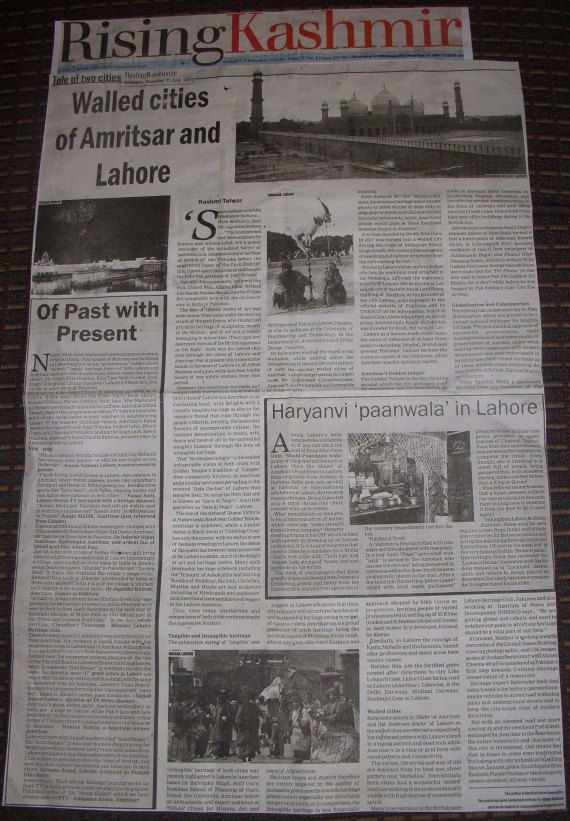
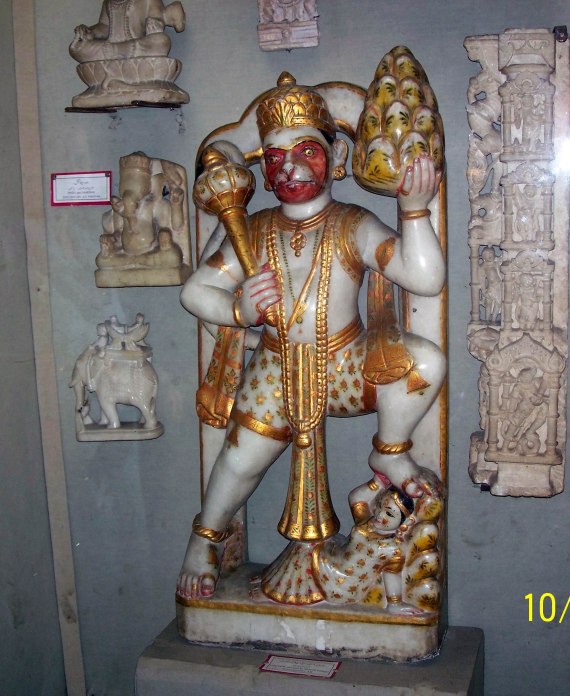
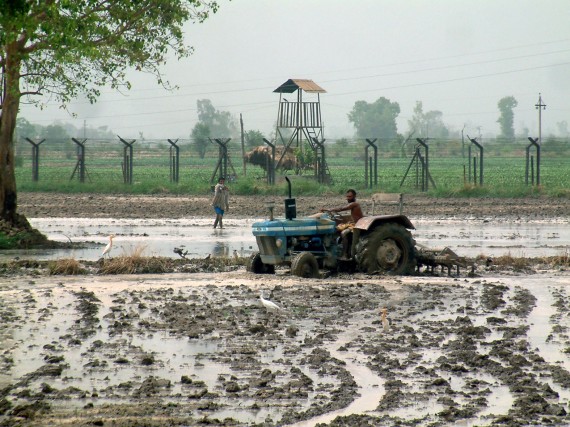
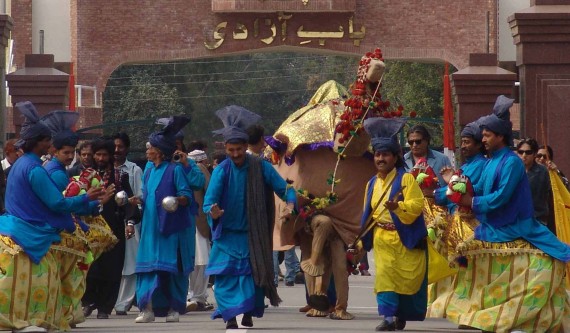

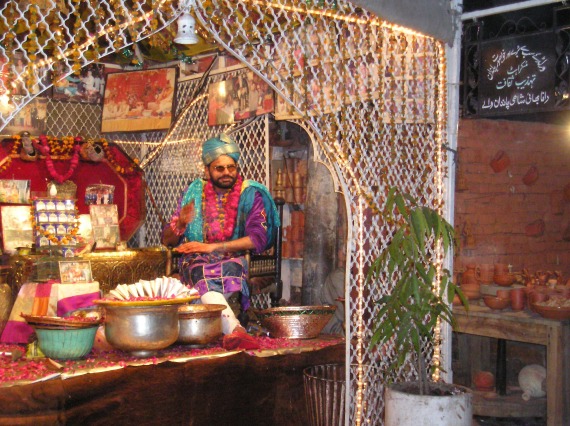












Recent Comments